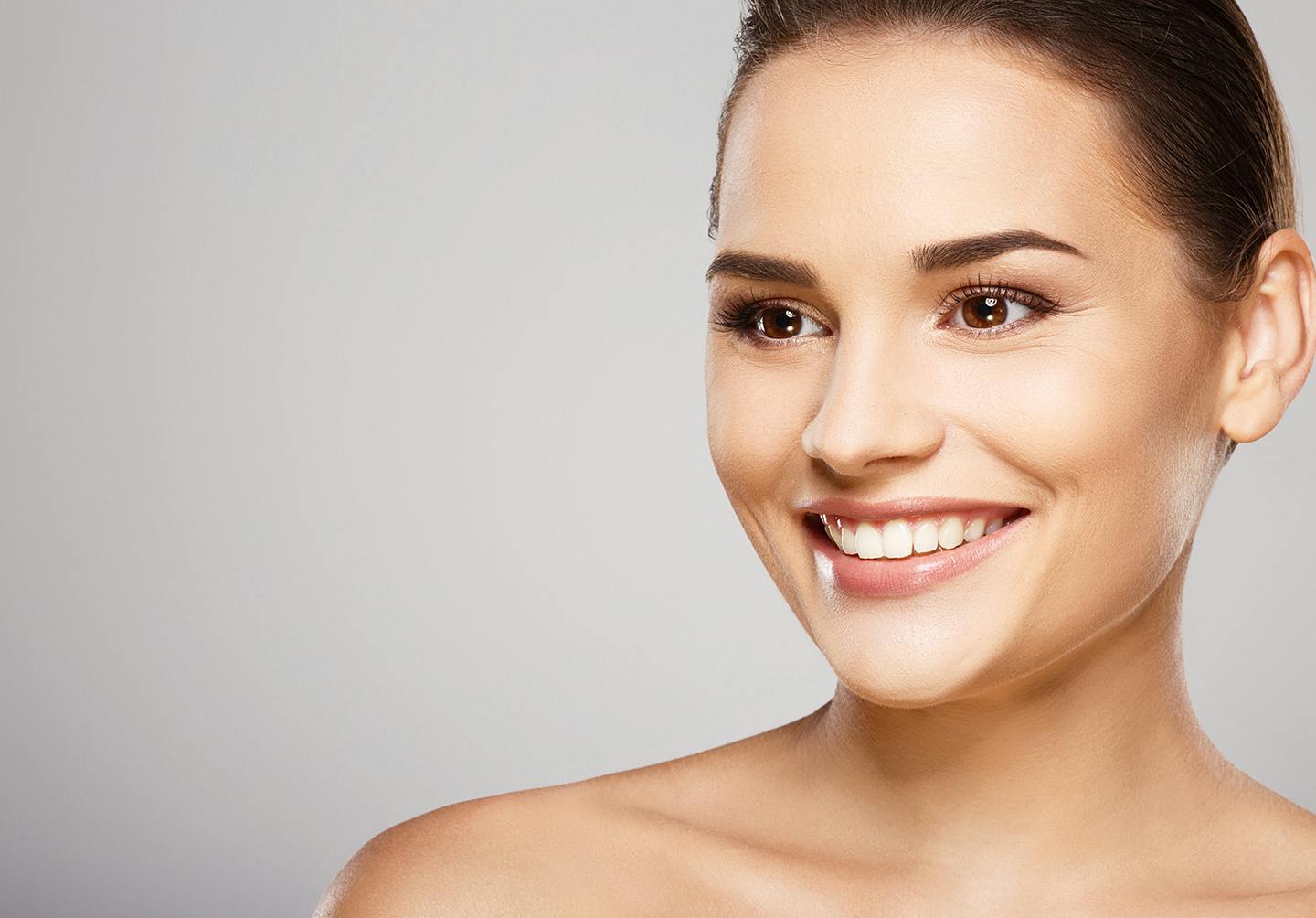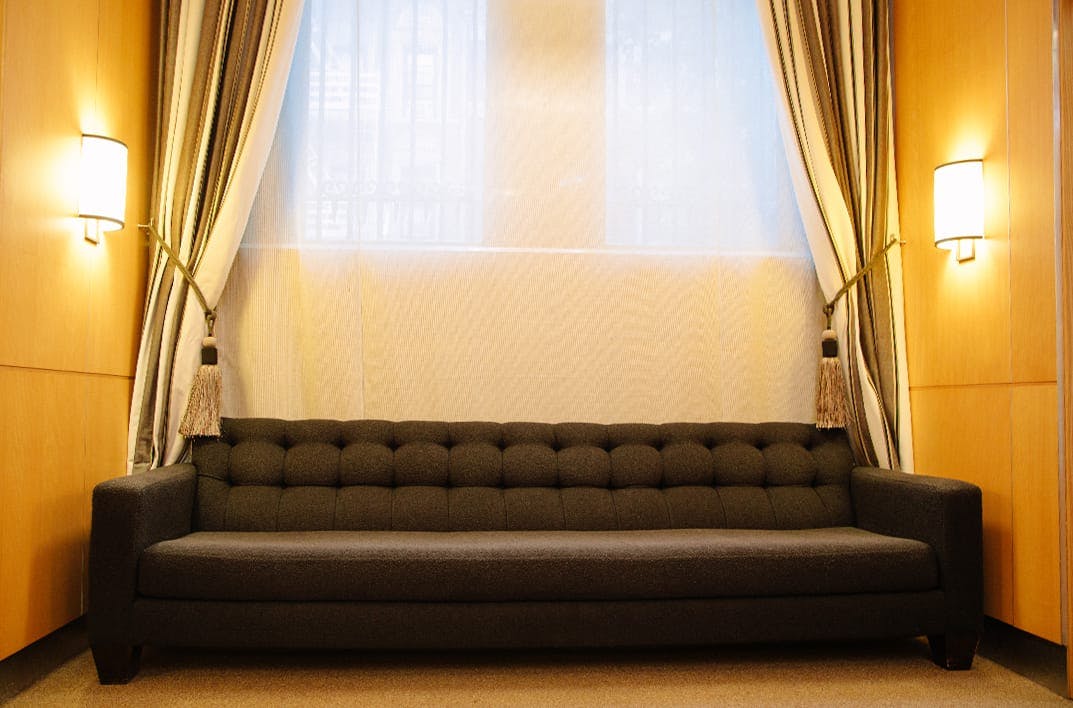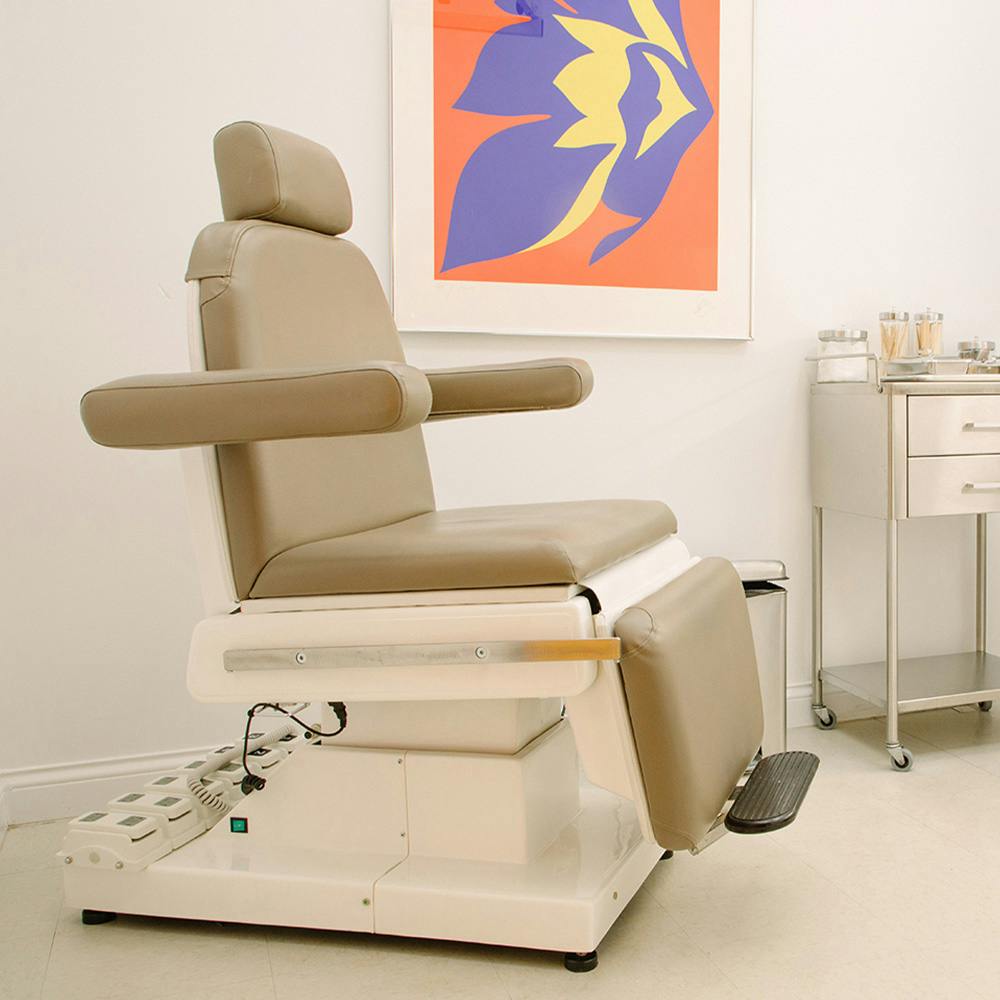Dr. Olivia Hutchinson is a Fellowship trained, board certified plastic surgeon who specializes in aesthetic surgery. She is also pleased to offer non-surgical procedures at her Upper East Side practice such as skin rejuvenation.
Skin Rejuvenation with Dr. Olivia Hutchinson
We’re excited to offer the very best in microneedling, chemical peels (alpha hydroxy acids, trichloroacetic acids, and phenol), topicals, laser skin resurfacing, and dermabrasion. During your consultation with Dr. Hutchinson, she will evaluate your skin and problem areas to determine the ideal skin rejuvenation treatment for you.














